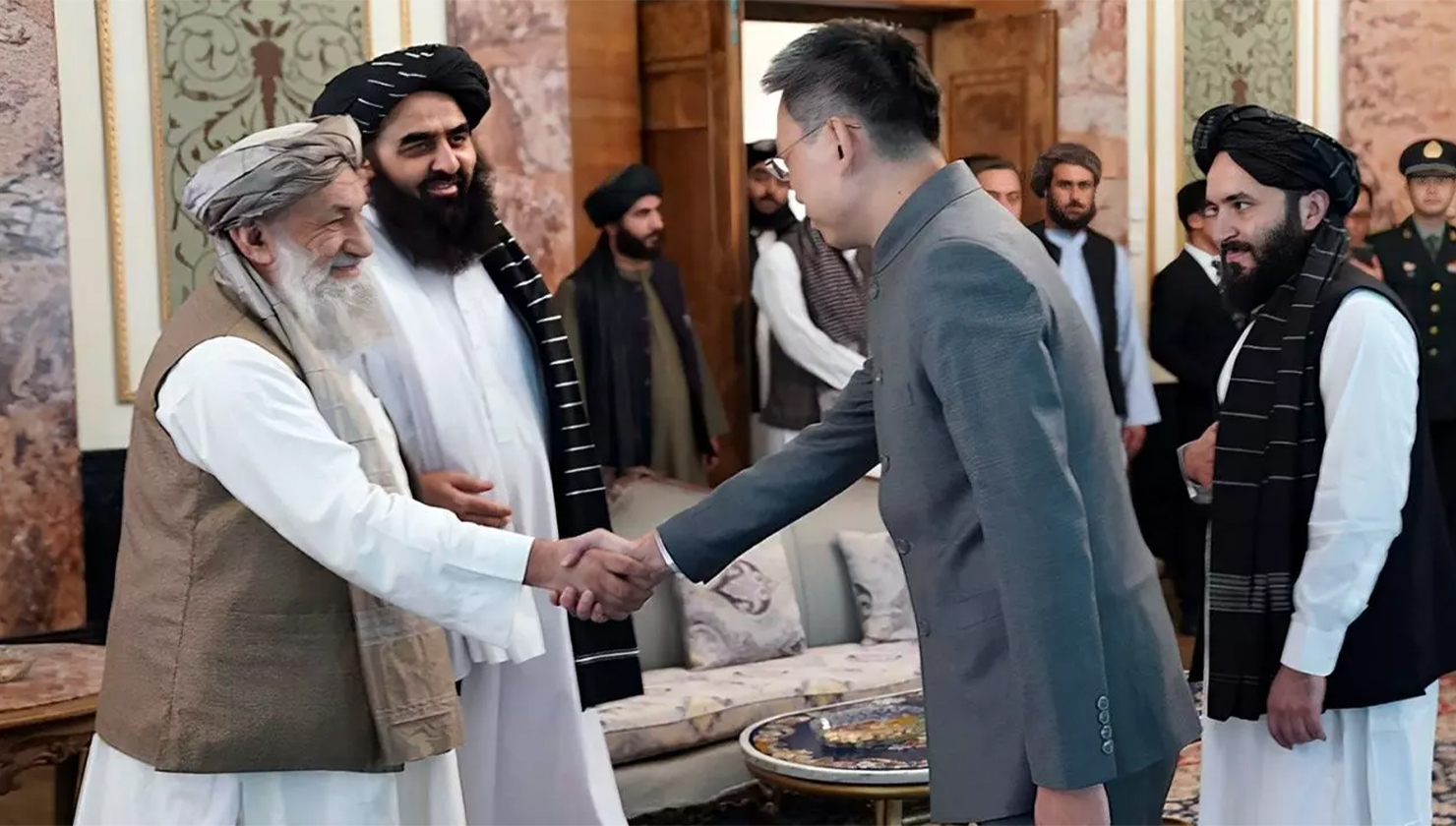India’s state-owned oil refiners are facing difficulties in securing the volume of Russian crude they require, according to sources familiar with the matter.
Challenges in Securing Russian Crude from the Spot Market
Executives from three of the country’s government-owned refiners, Indian Oil Corp. (IOC), Bharat Petroleum Corp. (BPCL), and Hindustan Petroleum Corp. (HPCL), revealed that they have been unable to procure at least six million barrels of Urals crude for January loading from the spot market. These executives, who spoke on the condition of anonymity due to their lack of authorization to comment publicly, pointed to a variety of factors contributing to the reduced availability of Russian crude.
Among the potential reasons for the scarcity of spot market offers is the long-term contract between Russian oil producer Rosneft PJSC and Indian private refiner Reliance Industries Ltd., which could be reducing the amount of crude available for traders. In addition, higher Russian processing rates may be limiting exports. Moscow’s shift in focus toward long-term contracts, bypassing the spot market, could be another factor limiting the volume of Russian crude available to Indian refiners.
Also See: India considers imports of Mongolian coking coal via Russia
Shift to Long-Term Contracts: Impact on India’s Refiners
Indian state refiners currently rely on the spot market for all their Russian crude purchases, while private firms such as Reliance also engage in long-term contracts. Russian authorities have been pressuring Indian companies to transition toward long-term contracts, which are typically negotiated directly between Russian state-run companies like Rosneft and Gazprom Neft and Asian buyers. While India’s government has been in favor of this shift, encouraging both state and private refiners to negotiate collectively for better terms, some state refiners have been unable to accept the proposed price and contract conditions.
In December, it was reported that Reliance Industries had independently secured a 500,000 barrels-per-day agreement with Rosneft for the next 10 years, a move that state-run refiners claim has weakened India’s overall bargaining power. These refiners suggest that the deal has encouraged Russia to reduce its spot market sales in favor of direct long-term contracts, thereby limiting the availability of cargoes for traders.
Alternatives from the Middle East and Africa: Higher Costs and Margins
While Indian refiners have struggled to secure Russian crude from the spot market, alternative cargoes from the Middle East and Africa have been available, although at higher prices, which could erode refining margins. As of this year, Indian refiners have imported around 1 million barrels per day (bpd) of Russian crude, according to Kpler data, a significant increase from the nearly negligible imports before the Ukraine conflict.
India’s Russian Crude Imports Decline in November
In November, India’s imports of Russian crude oil dropped significantly, with purchases falling by 13% from October, reaching 1.52 million bpd. This decrease coincided with an increase in imports from the Middle East, which rose by 10.8% compared to the previous month. Consequently, Russia’s share of India’s crude oil imports fell to approximately 32%, while the share from Middle Eastern oil exporters increased to 48%, marking a nine-month high.
The shift toward Middle Eastern crude is partially attributed to the maintenance season in India, which led refiners to reduce their spot purchases of Russian oil. However, committed volumes under annual contracts with Middle Eastern producers were maintained. Despite the reduced imports, Russia remained India’s largest supplier of crude oil in November, ahead of Iraq and Saudi Arabia.
Decline in Russian Crude Exports: Impact on Indian Market
Russian crude exports by sea also saw a decline in November, particularly from Russia’s western ports on the Baltic and Black Sea, which are the primary sources of shipments to India. While Russia’s crude sales to both China and India decreased, it continued to hold the position of the top crude oil supplier to India, although its market share in Asia dropped in November.
While the decline in Russian crude exports to India has been observed, the long-term dynamics of India’s oil imports remain heavily influenced by both geopolitical and market conditions. India’s oil import strategy continues to evolve, balancing between Russian crude and supplies from other regions.
Data sourced from Bloomberg and Oilprice.com

![India's refiners face challenges securing Russian crude, with a shift toward long-term contracts and rising Middle Eastern imports. [Image via Reuters]](https://southasiatimes.org/wp-content/uploads/2024/12/DCSNL5N5F5LF5F3ZE4LMN6DSDM.webp)




